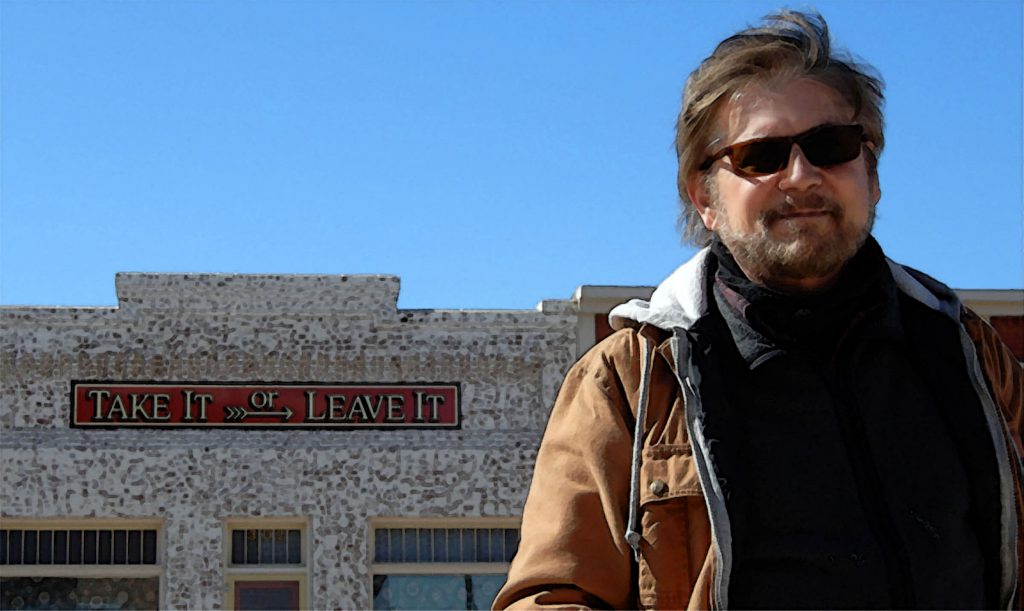
NOTE: This is the first in a series. What has changed in Moab & Vicinity in the last couple of decades? These are my own remembrances going back to the late 70s. What was here…what’s gone…what’s lost forever? And…what’s new? JS
THE CANADA GEESE…1976
When I first came to Moab in the late 70s, I spent some time at what was then simply called “The Ranch House.” It was a magnificent ramshackle brick mansion just north of town (Now it’s the front for Moab Springs Condos). My friend Doug Treadway, a park ranger at the Maze, rented the house from local realtor Ray Tibbetts during the off-season for a hundred bucks a month, and I slept on Treadway’s couch a few times in those long ago days. It was also the site of many notorious poker games attended by, among others, Ed Abbey (see Ranger Stiles #3). In fact, I met Cactus Ed right there in the front room.
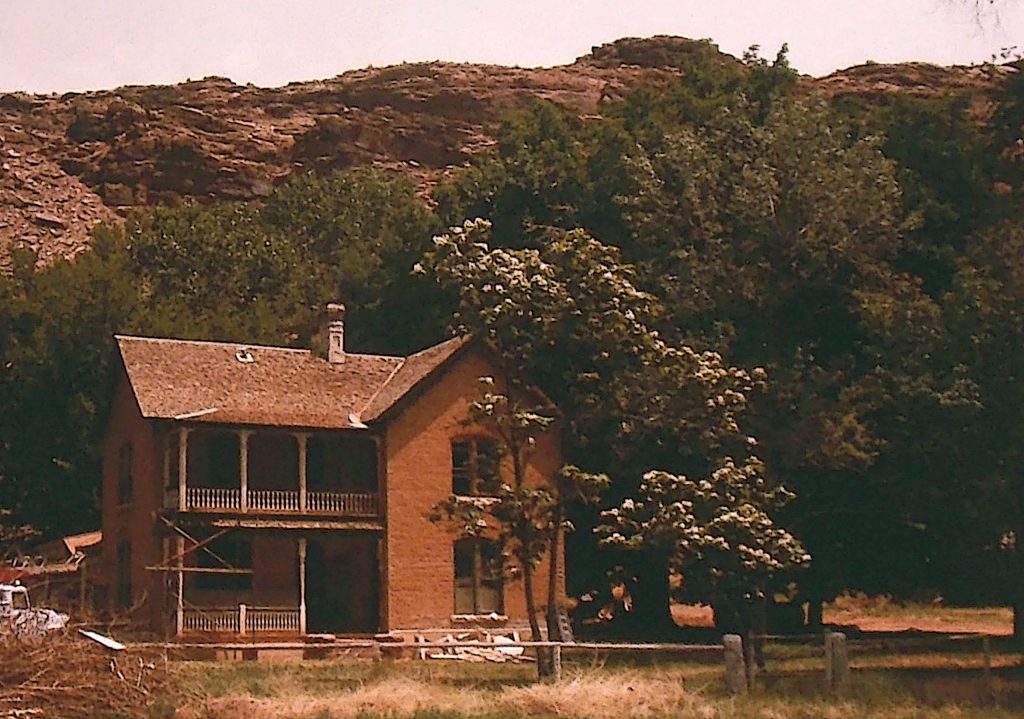
Invariably, especially in the winter and early spring, the meadow across the road from the Ranch House was a gathering place for thousands of Canada Geese. From late November until mid-March the cacophony of honking water fowl was amazing. They’d come right up to the road and if I recall correctly, the area just west of the highway was wet and marshy back then. It was a sight to behold. Many of the honkers could be seen circling the north end of town during the day and then in the late afternoon, they’d return to the meadow. The noise from the geese at night was a deafening but delightful kind of dissonant music.

Over the years, the numbers diminished, at least near the roadside. In the last couple of decades, I can’t recall ever seeing them at their old winter stomping grounds, though perhaps they’ve relocated some where nearer the Sloughs. I hope so.
Jump ahead. February 2019.
Just up the road, maybe 150 yards from the old Canada Goose meadow, ground was broken on Moab’s latest addition to the tourist infrastructure. The story was breathlessly reported in the local papers. To celebrate the event, its organizers hired a local mountain biker to launch his vehicle directly over the Event participants. It was quite a sight. From Canada Geese to this, in just a few decades. The mind boggles.
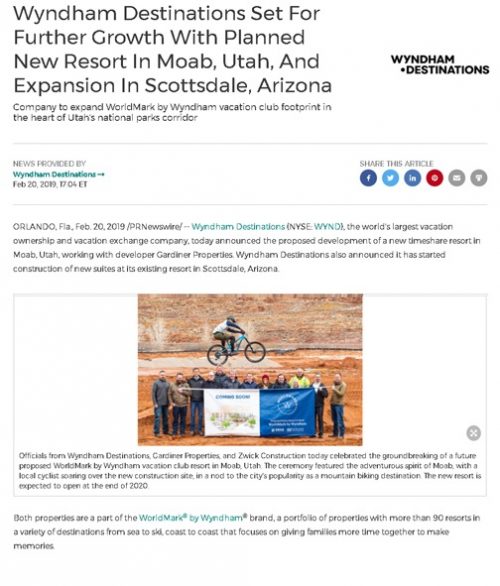
The Moab Sun News celebrated the bike jump “as recognition from officials of the Moab area’s popularity as a mountain biking destination.”
The developer posted a press release to publicize the big event…
“Wyndham Destinations (NYSE: WYND), the world’s largest vacation ownership and vacation exchange company, today announced the proposed development of a new timeshare resort in Moab, Utah, working with developer Gardiner Properties.”
I could scarcely contain my excitement. The promo continued:
“… the new Moab property is expected to feature more than 150 well-appointed condo-style units including one-, two- and three-bedroom suites for WorldMark by Wyndham owners and guests visiting the beautiful destination of Moab, Utah, gateway to two of America’s most stunning national parks.”
The developer promised that even larger suites with “enhanced amenities” would be added to the Moab site, which caused undue and perhaps inappropriate speculation on my part. In fact, they claimed, “the new resort will be the largest development project in Moab history and will be designed to complement the natural features of the region. The main entrance will include a glass entry allowing guests to enjoy the breathtaking beauty surrounding the resort.”
I had just been thinking how Moab needed a world-class resort with big windows and enhanced amenities and a $300/night price tag to “complement the natural features of the region.”
Really…take away those enhanced amenities and what have you got but a bunch of rocks, right?
As for the goose gathering place, its owners have big plans for that remnant of Old Moab as well. The City has placed a temporary six month moratorium on new commercial construction, which has slowed down the process, but check back with me in five years… Let’s see how long the Moratorium lasts.
THE KLONDIKE BLUFFS… 1976
As recently as 20 years ago, the area west of Arches National Park and east of US 191 was virtually empty and forgotten. A mostly abandoned patchwork of jeep tracks, vestiges of the uranium days, crossed barren stretches of blackbrush, cactus, and ancient junipers. Entrada caprock—from the air, the formation looks like miles and miles of buttermilk biscuits— stretches from the summit of Salt Valley for miles to the west. It’s rough broken country.
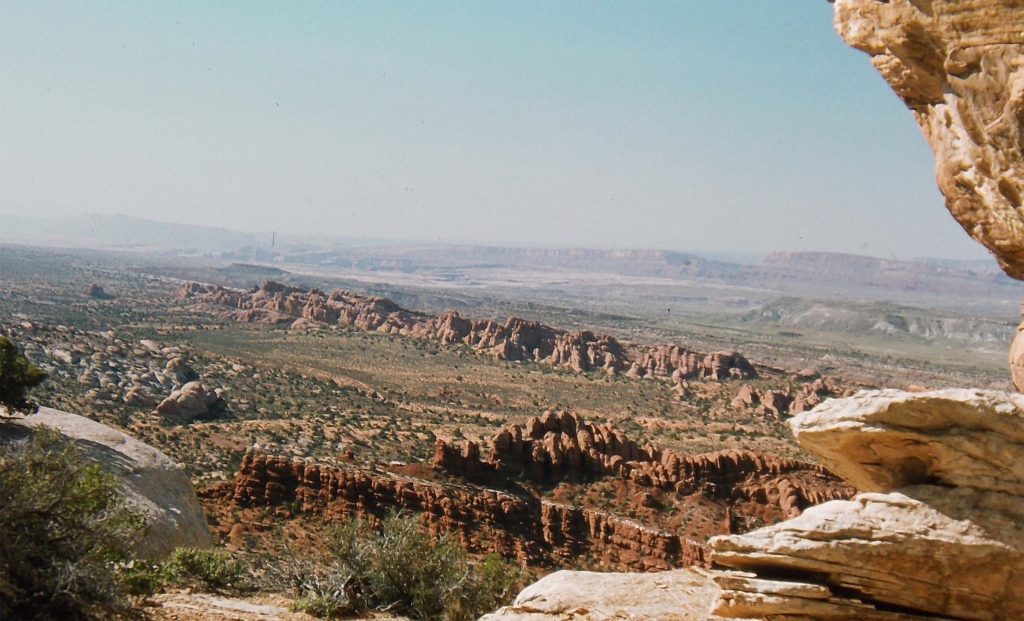
When I worked at Arches we used to wander west of the park boundary, just to see what was out there. It was as quiet and remote a place as I’ve ever known. A century ago, ranchers ran cattle out there, though the pickings were slim. I’d find the occasional pile of rusty cans, or a stray horseshoe, or the decades old remains of an old campfire. The classic cowboy camp. The legendary Bill Tibbetts was out there in the 1920s. I even know precisely where he paused one day to uniquely escape the desert heat.
Signs of a few old uranium mines still dotted the landscape. Nothing else. It was a landscape noted for its magnificent desolation—the Mancos badlands, the desiccated landscape, the miles of naked white Entrada caprock–and the Silence. All of it made this area special to me.
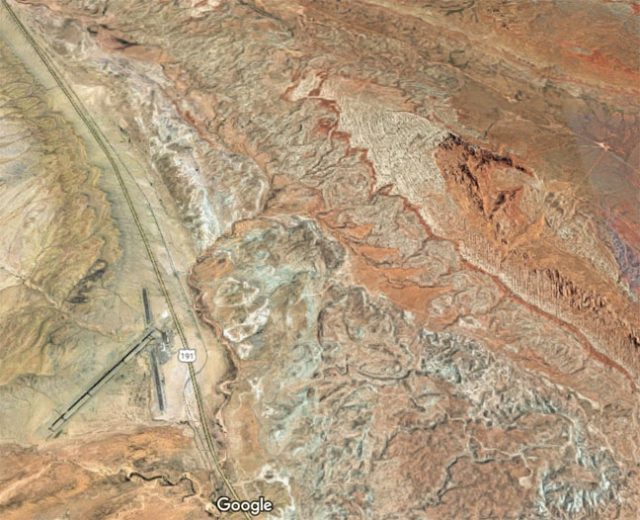
photo credit: Google Earth
And because it lay directly adjacent to the west boundary of Arches, I assumed that it would be left alone. Environmentalists love “buffer zones;” surely they’d fight to protect this area. Besides…who’d want it anyway?
I should have known better.
Just a year ago, an article was posted on Moab’s Rim Tours web site, called “How Moab Built 150 Miles of Single-track in Just 10 Years.” In the story, author and former SUWA staffer Franklin Seal explained how this empty landscape became another monetary asset in the all-consuming World of Industrial Recreation.
He noted that while Moab had been called the “Mountain Bike Capital” for many years…
“…by the early 2000’s, other mountain bike destinations, like neighboring Fruita, CO, had become famous for their newly developed singletrack trails, and leaders of Moab’s mountain bike community knew they had to do something to keep up..”
As the article states, the new trails were built to help boost what enviropreneurs saw as a flagging mountain bike economy. They simply wanted to bring MORE people and more tourist dollars to the area. It was about money, about boosting the Moab Industrial Tourism economy. Nothing else. It wasn’t about protection, it wasn’t about environmental preservation. It was about Capitalism.
And it was done with the full cooperation of the BLM. The non-profit organization “Moab Trail Mix” worked hand-in-hand with the federal government to make it all happen. As boosters from both the private and public sector pushed for an expanded Industrial Recreation economy, their enthusiasm was embraced officially in the BLM’s updated Resource Management Plan.
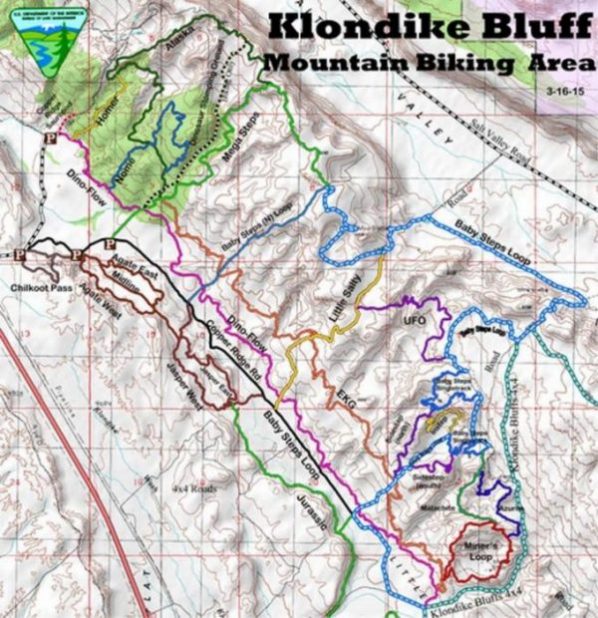
The existing jeep tracks had served the mountain bike community well. But now, to generate more enthusiasm, i.e., tourist money, the BLM —to the delight of the biking/recreation industry— approved the construction of at least 150 miles of new trail, through areas previously untouched by humans.
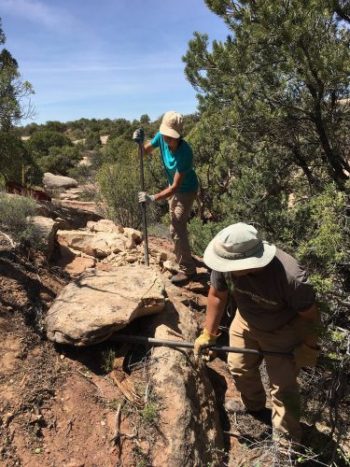
Scott Escott, the Trail Coordinator for Trail Mix, played a major role in creating and constructing hundreds of miles of bike trail in Grand County. In the Rim Tour article, Escott explained to Seal that, “I think what a lot of people don’t realize (is that the BLM) supply for us archaeology, paleontology, they write the EAs, if we have wildlife issues, soil issues, they build us parking lots. If I need a bobcat or a bulldozer or whatever, they’re there for us.”
And their plan succeeded beyond even their wildest dreams. Former Grand County Councilwoman Kimberly Schappert and the founder of Trail Mix once proclaimed, “It’s all going to be a showpiece.”
It certainly has become…well…something. Just look at Moab. And look beyond Moab. The stunning degradation and destruction extends far beyond the city limits.
#1: BUILDING BIKE TRAILS…
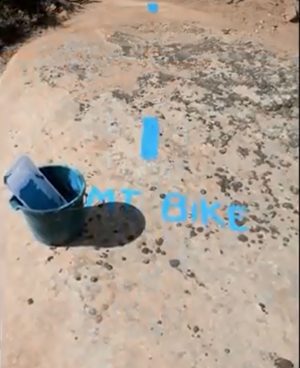
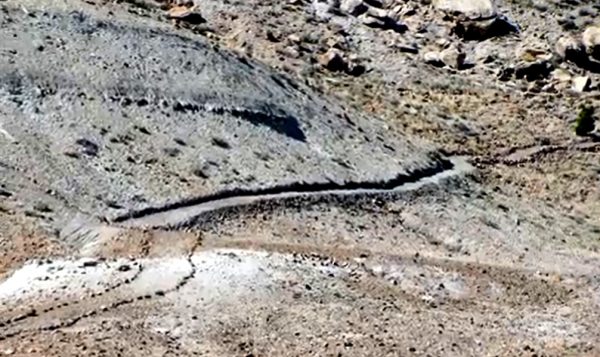
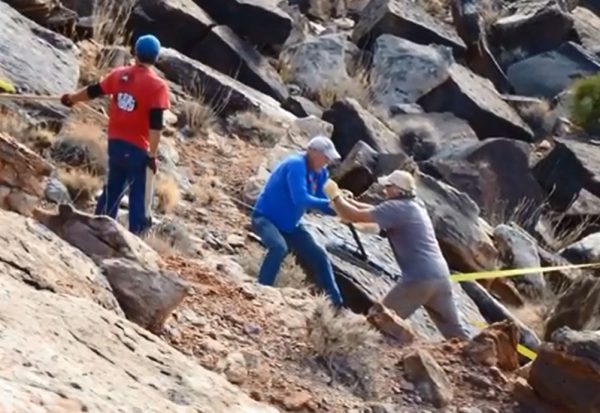
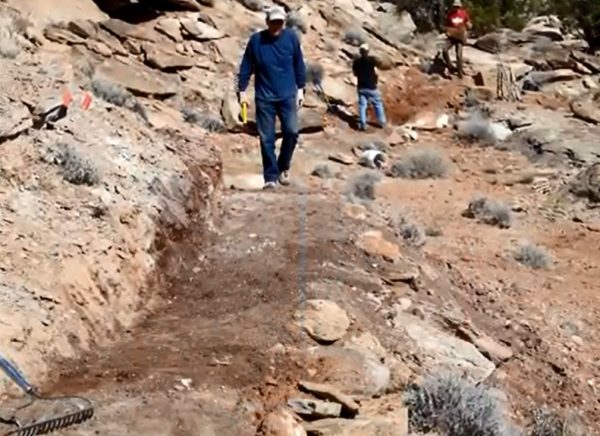
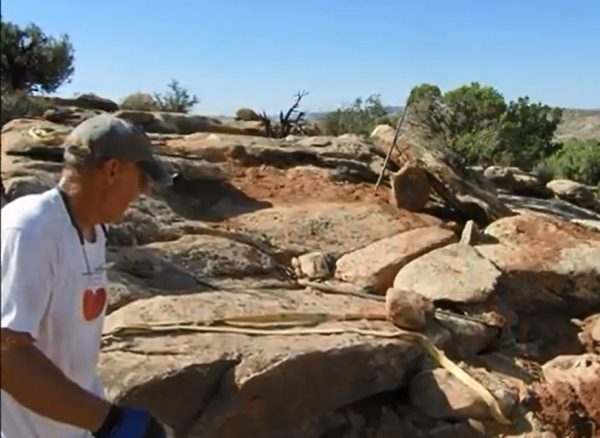
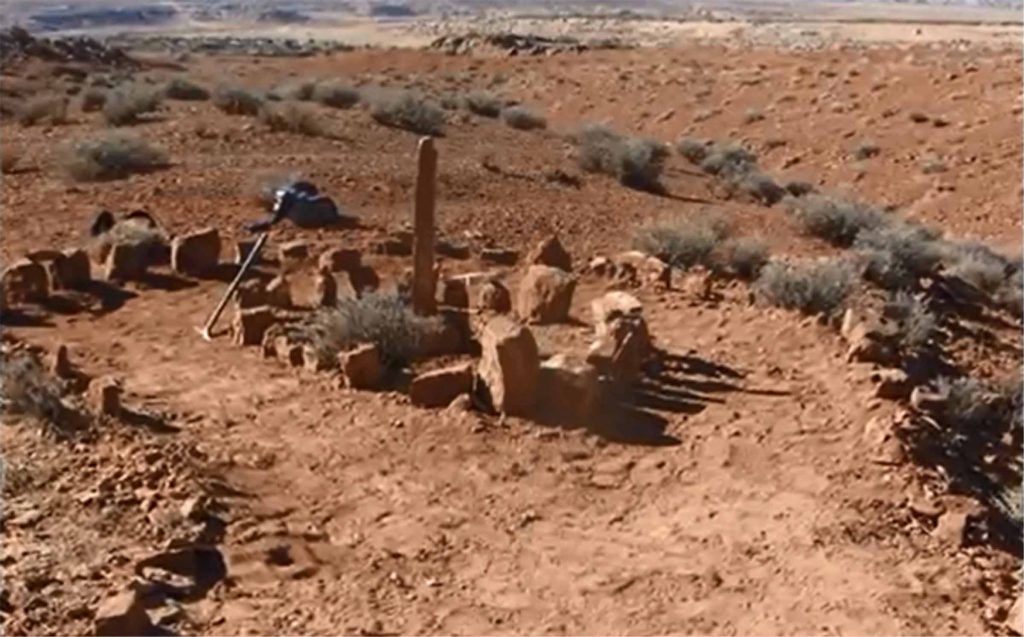
Click Here to read more on this issue and the Players who made it happen:
In fact, the combined efforts of the Industrial Recreation promoters— those self-serving Enviropreneurs — and their allies in the BLM have accomplished again what they’ve done so many times before. They’ve promoted a “hidden gem,” a forgotten piece of wild country once protected by its anonymity, and pushed it full-speed to the brink of destruction. Or at least they think so. Now that they’ve helped to ruin, they want to regulate it. To save it.
Deja vu?
Yes, the BLM has a plan. It wants to protect the very landscape it conspired to degrade in the only way it knows how. Last month the agency posted this press release. They even sent a copy to The Zephyr:
Here is their statement:
“This popular recreation area is approximately 23 miles north of Moab and is identified as a mountain bike focus area in the Moab Resource Management Plan. The area includes approximately 14,600 acres located between US Route 191 and Arches National Park. In addition to camping, hiking, and riding opportunities the area is rich in cultural and paleontological resources,including the Copper Ridge Sauropod Trail.
“Due to the focus area’s popularity, excessive dispersed camping is impacting public health, wildlife habitat, vegetation and soils, grazing operations, and sensitive cultural and paleontological resources. (emphasis added)
“The BLM proposes to designate campsites, place signs, provide new guidance for human waste, revegetate and restore disturbed areas, and restrict firewood collection for campfires.”
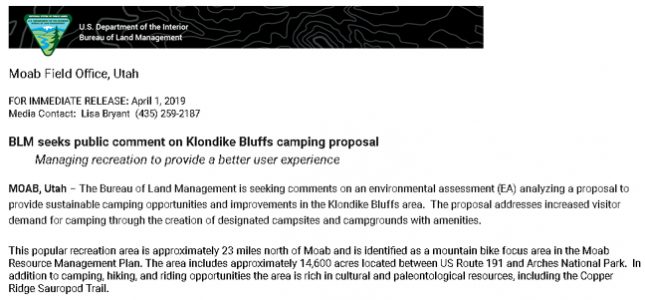
And the BLM actually included this photograph to emphasize the need for more regulation:
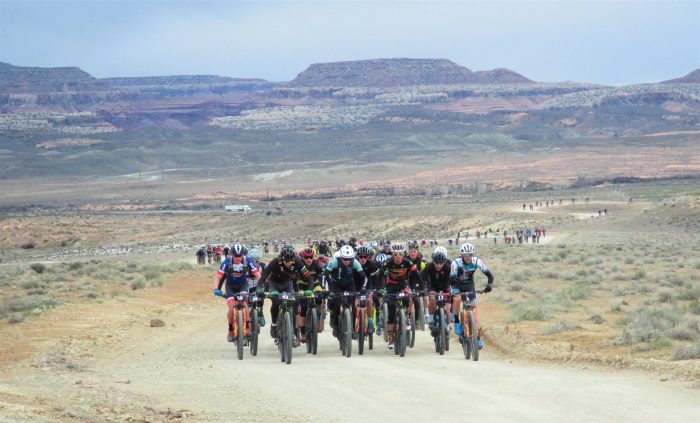
The public lands now in jeopardy were once virtually unused and forgotten. The “cultural and paleontological resources” were preserved, because no one knew they were there. The land was in fact healing. But perhaps that was the problem. The Land was doing nothing to generate revenues for anyone. The Industrial Tourism promoters saw an opportunity, they played their cards well, and now in 2019, that once empty landscape needs “protection” from overuse.
Is this is the future of public lands in Southeast Utah? For the Moab area, the Future has already arrived and the most ardent proponents of this kind of future are now trying to “mitigate” the impacts. As we reported last Fall, the same people who once saw the Moab area’s natural beauty as a ‘thing’ to commodify are now looking South to San Juan County with the recently created Bears Ears National Monument (big version or small…it doesn’t matter) as its latest marketing tool.
For all of us who have long called ourselves “environmentalists,’ when it came to protecting the land, is this really what we had in mind?
Jim Stiles is Founder and Co-Publisher of the Canyon Country Zephyr.
To comment, scroll to the bottom of the page.
Don’t forget the Zephyr ads! All links are hot!

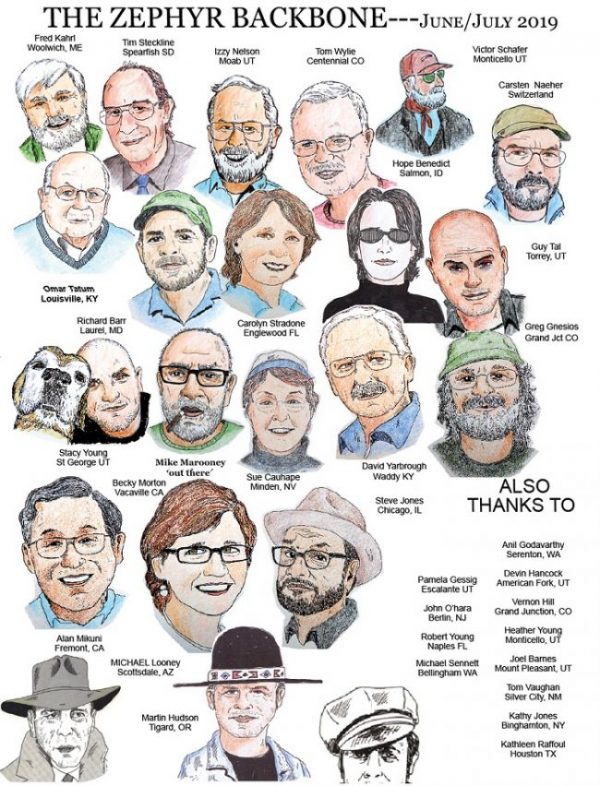



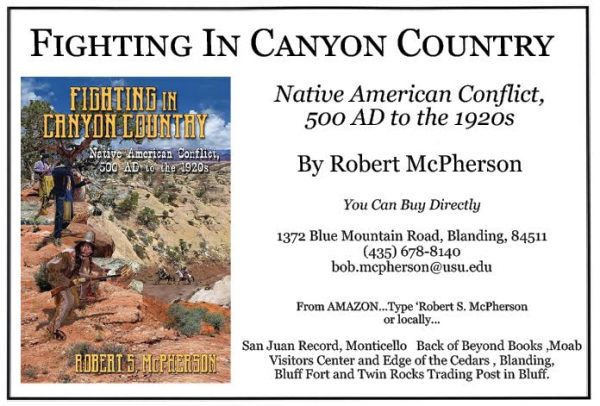





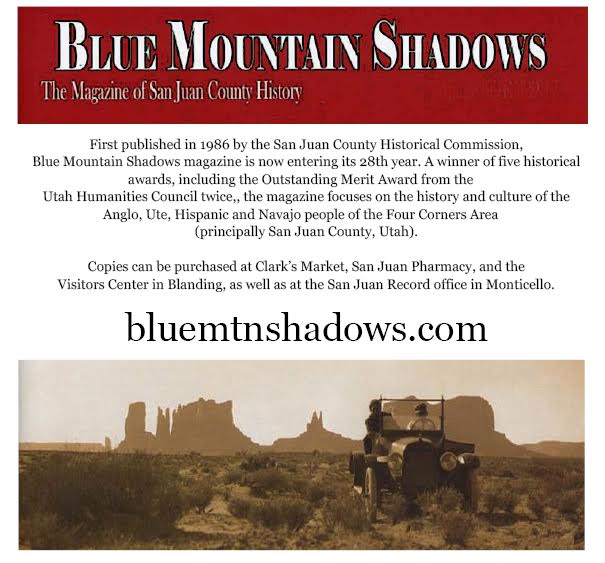
The easy answer is in simply taking the question to its inevitable conclusion: protect the land *from what*? Any way you slice it, the “what” is some aspect of human use. I long for the day when “environmental” organizations will find the courage to talk openly about the herd of elephants trampling and pooping all over the room: overpopulation. Heck, SUWA can’t even find the guts to list public grazing among its issues threatening wilderness (undoubtedly in the top-3 threats to SUWA’s own mission, if not at the top of the list).
Some think the problem is our leaders. I disagree. The problem is not our leaders, but our politicians–and not only those in government.
Maybe Bloab isn’t so bad in the dead of winter…
A timeshare resort in Moab? Will visitors be subject to timeshare touts touting for business? A few years ago we went to Cabo and went to a timeshare presentation at the Mayan resort; we wanted the sunset cruise that was on offer. After about an hour or two of hard sell we got our cruise; it turned out to be more of a booze cruise so it was not worth the effort. The next day a local told us that many of those going to these presentations left upset by the tactics so much that it was known locally as the Cryin’ Mayan!
What Guy said above. When I first became aware of environmental issues in the mid ’70s the US pop. was less than half what it is now. My Uni profs said if everyone on the planet behaved as ‘muricans we would need 7 more planets to provide resources and trash disposal, and that the carrying capacity of Earth was about 10 billion hominids, with serious degradation showing up at around 7 billion. They said we would need to start progressive changes to our culture to avoid disaster, like right now (’75). That was two profs out of 3 dozen. Obviously most of the students didn’t take heed, so here we are. We built a trap and jumped in. In several ancient cultures old folks would voluntarily take a hike, walk on to another existence when they became a burden. The idea seems deplorable now, I sure as hell don’t want to go yet, and I do my best to extend a healthy existence. Many of our fellow folks push to ban abortion and contraception while advocating increased resource consumption, and on the flip side when Japan tried to reduce it’s pop. they found it burdensome to the worker bees to support the huge number of aged. All this ties into Tonya’s piece in this issue, a growing lack of sang-froid and hygge. We seem to be in an era of discontent as the looming storm approaches, and the power possessors living in a bubble of privilege neglect their responsibilities, oblivious to what is rising over the horizon. Arrgh! Forgive me for trying to cram too many ideas in here, drowning in the overflowing of my thoughts.
Population (NUMBERS of humans) is only half the problem. The other half is our BEHAVIOUR. Wrecking nature isn’t necessary for a good life!
Mountain biking and trail-building destroy wildlife habitat! Mountain biking is environmentally, socially, and medically destructive!
Bicycles should not be allowed in any natural area. They are inanimate objects and have no rights. There is also no right to mountain bike. That was settled in federal court in 1996: https://mjvande.info/mtb10.htm . It’s dishonest of mountain bikers to say that they don’t have access to trails closed to bikes. They have EXACTLY the same access as everyone else — ON FOOT! Why isn’t that good enough for mountain bikers? They are all capable of walking….
A favorite myth of mountain bikers is that mountain biking is no more harmful to wildlife, people, and the environment than hiking, and that science supports that view. Of course, it’s not true. To settle the matter once and for all, I read all of the research they cited, and wrote a review of the research on mountain biking impacts (see https://mjvande.info/scb7.htm ). I found that of the seven studies they cited, (1) all were written by mountain bikers, and (2) in every case, the authors misinterpreted their own data, in order to come to the conclusion that they favored. They also studiously avoided mentioning another scientific study (Wisdom et al) which did not favor mountain biking, and came to the opposite conclusions.
Mountain bikers also love to build new trails – legally or illegally. Of course, trail-building destroys wildlife habitat – not just in the trail bed, but in a wide swath to both sides of the trail! E.g. grizzlies can hear a human from one mile away, and smell us from 5 miles away. Thus, a 10-mile trail represents 100 square miles of destroyed or degraded habitat, that animals are inhibited from using. Mountain biking, trail building, and trail maintenance all increase the number of people in the park, thereby preventing the animals’ full use of their habitat. See https://mjvande.info/scb9.htm for details.
Mountain biking accelerates erosion, creates V-shaped ruts, kills small animals and plants on and next to the trail, drives wildlife and other trail users out of the area, and, worst of all, teaches kids that the rough treatment of nature is okay (it’s NOT!). What’s good about THAT?
To see exactly what harm mountain biking does to the land, watch this 5-minute video: http://vimeo.com/48784297.
In addition to all of this, it is extremely dangerous: https://mjvande.info/mtb_dangerous.htm .
For more information: https://mjvande.info/mtbfaq.htm .
The common thread among those who want more recreation in our parks is total ignorance about and disinterest in the wildlife whose homes these parks are. Yes, if humans are the only beings that matter, it is simply a conflict among humans (but even then, allowing bikes on trails harms the MAJORITY of park users — hikers and equestrians — who can no longer safely and peacefully enjoy their parks).
The parks aren’t gymnasiums or racetracks or even human playgrounds. They are WILDLIFE HABITAT, which is precisely why they are attractive to humans. Activities such as mountain biking, that destroy habitat, violate the charter of the parks.
Even kayaking and rafting, which give humans access to the entirety of a water body, prevent the wildlife that live there from making full use of their habitat, and should not be allowed. Of course those who think that only humans matter won’t understand what I am talking about — an indication of the sad state of our culture and educational system.
Of course 150 years ago it was Native Americans looking at the early pale faces as if they were the mtn bikers, 4-wheelers and trailer dragging weekenders of a past century.
We have seen the enemy and they are us.
Let’s give all 1.3 million acres back to the five tribes and walk away before the Utah State Tourism Board turns ‘The Mighty Five’ into a six.
This will be the second summer I will not going to Moab for a few days after going every year for over 25 years. The natural beauty is still there but it is becoming much more difficult to enjoy the silence in the surrounding countryside. Moab has become an amusement park.
Doug Treadway is still kicking around. I’ve known him for decades and talked to him about three years back when he was still living down in Chama, New Mexico working for the Soil Conservation Service. He told me he was going to head for northern Arizona to finally retire.
Remember Rogers Thomas too? He was a ranger there when Doug was as well. I see him every fall fishing for steelhead here in Central Idaho.
Bless ya’ all and keep up the fight.
The worst is yet to come: E-MTBs (known by misnomers as pedal assist bikes and even “non-motorized”). So treat all mountain bikes like motorized ATV’s. So much is out of control now with the e-bike business finding novel ways to hide the powerful motors. It is becoming so lucrative that the motorcycle and auto industries are jumping aboard the e-bike/ e-MTB wagon, now.
So many wallowing enviros still sit on their thumbs trying to be “respectful” to the dirt bikers, but only end up appeasing, or compromising away anything of value to the wily mountain (dirt) bikers.
Late conservationist, David Brower, stated it best when he argued, “that as conservationists we need to be unapologetic about our goals and our beliefs, that once we trade on those, we lose not only our campaigns, but our virtue and our credibility as well.” Brower continued with, “In so many environmental arenas every win is temporary, every loss permanent.” He was quick to remind us, knowing too well the cost of compromise: a half, of a half, of a half…a friend said…. leaves you with nothing.